So many astonishing questions raised by one apparently simple chart.
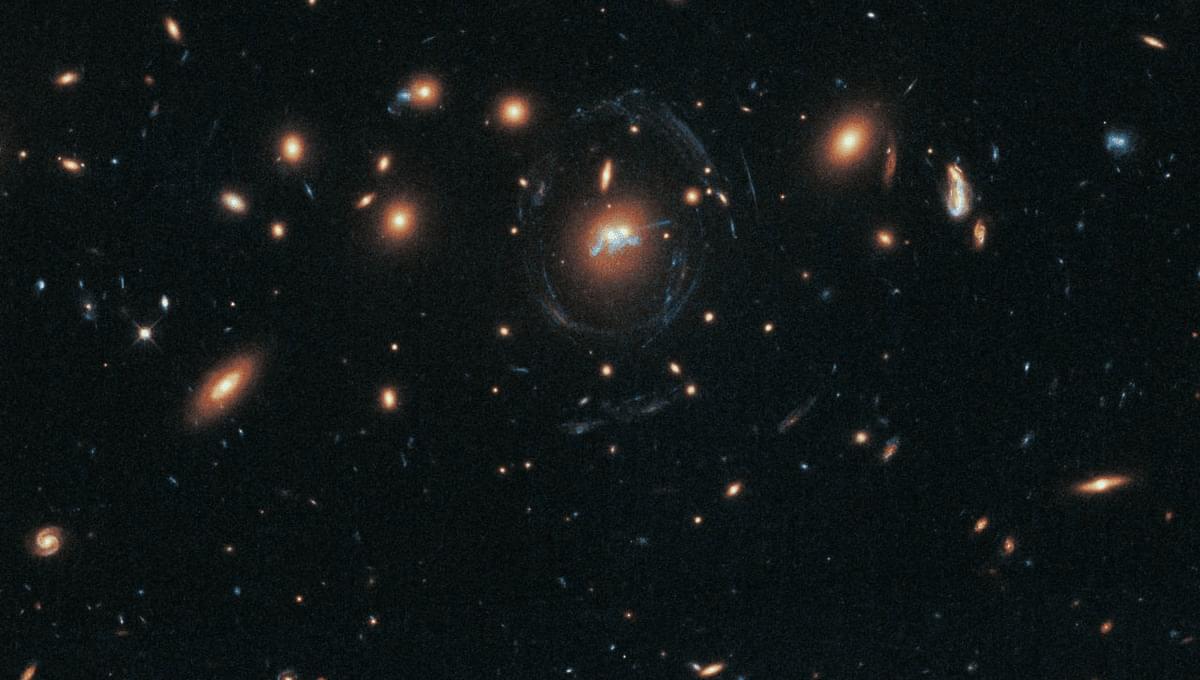

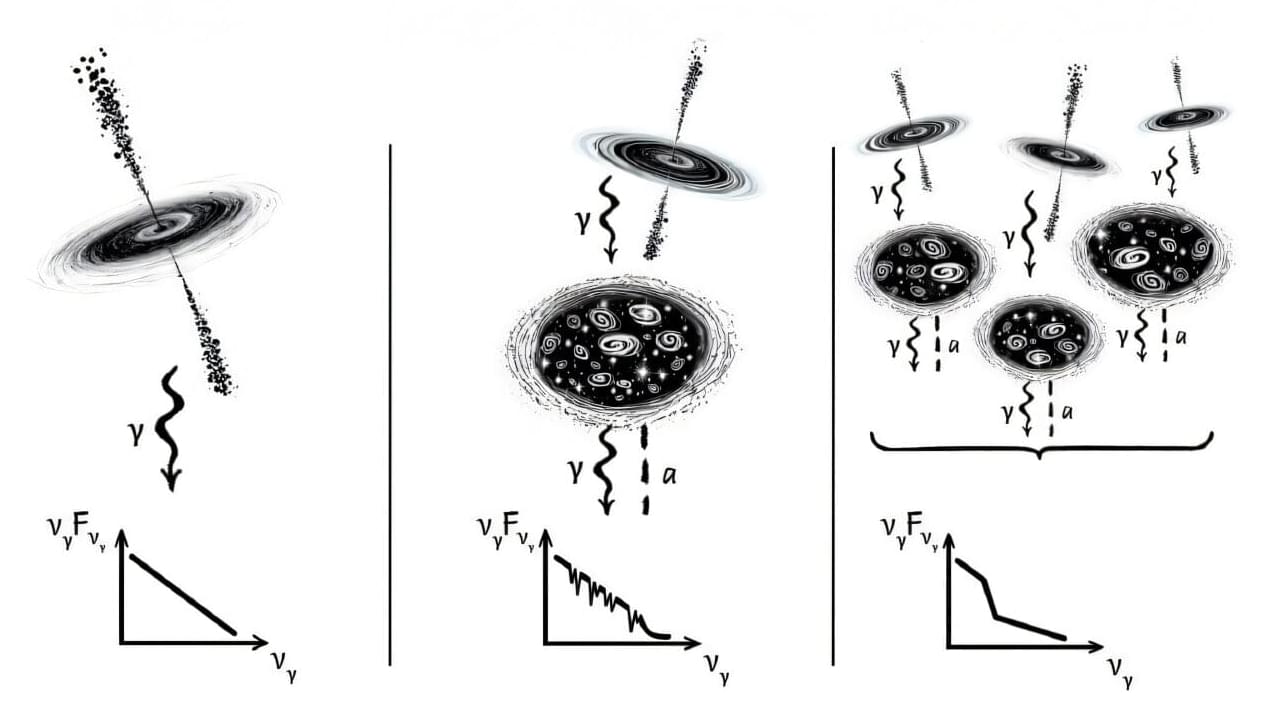
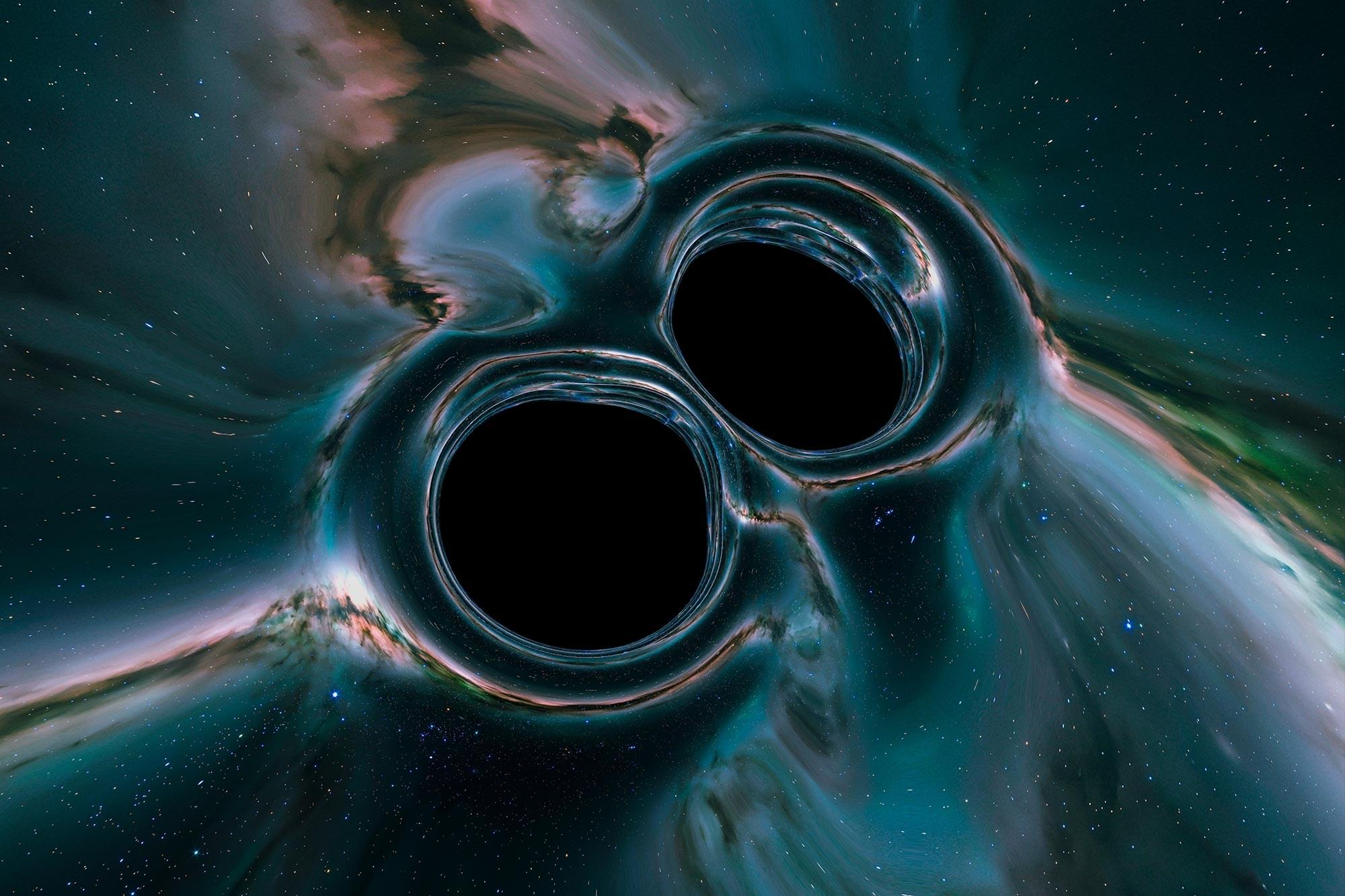

Astronomers have discovered what may be a massive star exploding while trying to swallow a black hole companion, offering an explanation for one of the strangest stellar explosions ever seen.
The discovery was made by a team led by the Center for Astrophysics | Harvard & Smithsonian (CfA) and the Massachusetts Institute of Technology (MIT) as part of the Young Supernova Experiment. The results are published in The Astrophysical Journal.
The blast, named SN 2023zkd, was first discovered in July 2023 by the Zwicky Transient Facility. A new AI algorithm designed to scan for unusual explosions in real time first detected the explosion, and that early alert allowed astronomers to begin follow-up observations immediately—an essential step in capturing the full story of the explosion. By the time the explosion was over, it had been observed by a large set of telescopes, both on the ground and from space.
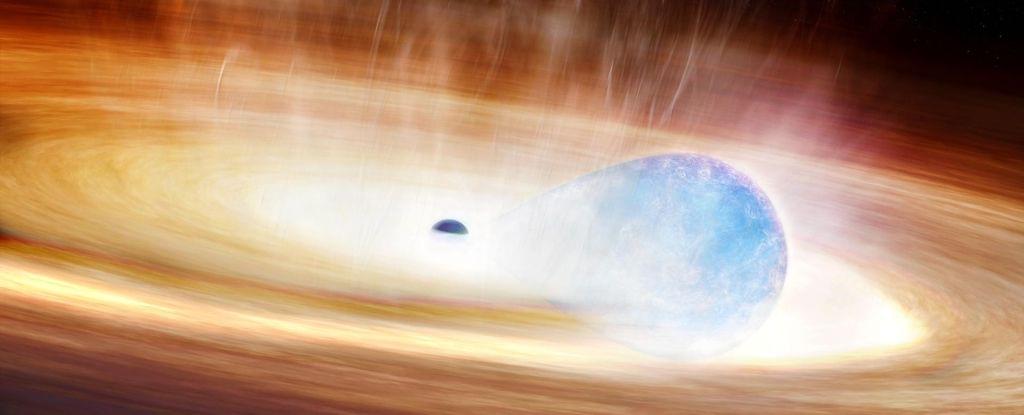
In 2023, astronomers recorded one of the most extraordinary space explosions they had ever seen.
It took place some 750 million light-years away, flaring into the detectors of the Zwicky Transient Facility on 7 July. At first, it looked just like a normal supernova – the explosive death of a star – and astronomers named it SN 2023zkd.
Six months later, a search for cosmic anomalies flagged the explosion as a little odd. A look back at data collected since its initial discovery revealed SN 2023zkd had done something really weird: it brightened again.
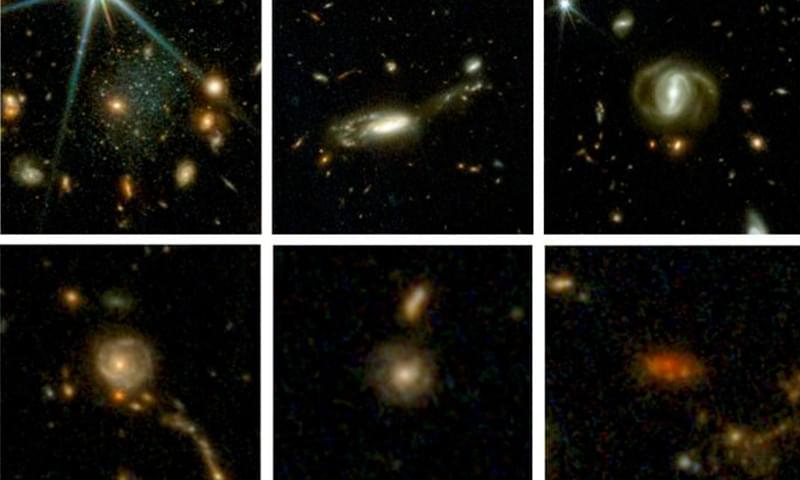
Learn More About Anydesk: https://anydesk.com/spacetime.
In 1987, Steven Weinberg wrote a cute little paper entitled “Anthropic Bound on the Cosmological Constant”. I say cute little paper because it feels minor in comparison to, say, electroweak unification theory that won him the Nobel Prize. Weinberg was foundational in establishing the standard model of particle physics, and represented an enormous leap in understanding how this universe works. But his little 1987 paper, though more obscure, may tell us something about how the multiverse works, and can even be thought of as evidence for the existence of an enormous number of other universes.
PBS Member Stations rely on viewers like you. To support your local station, go to: http://to.pbs.org/DonateSPACE
Sign Up on Patreon to get access to the Space Time Discord!
https://www.patreon.com/pbsspacetime.
Check out the Space Time Merch Store.
https://www.pbsspacetime.com/shop.
Sign up for the mailing list to get episode notifications and hear special announcements!
Head to https://squarespace.com/territory to save 10% off your first purchase of a website or domain using code TERRITORY
Become a member today:
/ @territoryspace.
Some scientists now propose that our universe might have been born inside a massive black hole within a larger parent cosmos. In their model, the universe before ours followed the same laws of physics we know today, expanding for billions of years before gravity overcame that outward push. Space began to contract, galaxies moved closer, and the cosmos collapsed toward extreme densities. Instead of ending in a singularity where physics breaks down, quantum effects pushed back against gravity, halting the collapse and triggering a cosmic rebound. That bounce could have launched our own universe’s expansion, making the Big Bang not the true beginning, but a continuation.
This idea draws on the Pauli Exclusion Principle and degeneracy pressure, which in smaller-scale examples prevent white dwarfs and neutron stars from collapsing indefinitely. The same resistance, applied on a universe-wide scale, could stop total collapse inside a black hole. Simulations suggest such a process could occur without invoking exotic new particles or forces. In this framework, the formation of our universe is a purely gravitational event, governed by the physics we already understand, just operating under extreme conditions beyond what we have directly observed.
One striking prediction is that ancient relics from the parent universe could have survived the bounce. These might include primordial black holes or neutron stars that predate our own cosmos. If detected, especially in the early universe, they could serve as evidence that a cosmic bounce occurred. The James Webb Space Telescope’s discovery of unexpectedly massive galaxies soon after the Big Bang could align with this idea, as such galaxies may have formed more easily if early black holes were already present to seed them.
Recent JWST findings on how galaxies spin across the universe may also fit the model. If confirmed, these patterns could point toward a shared origin and support the possibility that we live inside a black hole. While the concept remains controversial, it offers a potential bridge between general relativity and quantum mechanics, challenging the assumption that singularities are inevitable and suggesting that the life cycle of universes may be far more connected than we thought.
Imagine staring at a black hole… and realizing it might actually be a doorway. Scientists now think some black holes could be wormholes — real portals through space and time. The craziest part? They look so much like black holes that we might have been seeing them for years without knowing it. If that’s true, they could lead to faraway parts of the universe… or somewhere even stranger. In this video, we’ll explore what that means, the science behind it, and the mind-bending possibilities it opens up. Get ready — space just got a whole lot weirder.
Animation is created by Bright Side.
Music from TheSoul Sound: https://thesoul-sound.com/
Check our Bright Side podcast on Spotify and leave a positive review! https://open.spotify.com/show/0hUkPxD… to Bright Side: https://goo.gl/rQTJZz.
Our Social Media: Facebook: / brightplanet Instagram:
/ brightside.official TikTok: https://www.tiktok.com/@brightside.of… Stock materials (photos, footages and other): https://www.depositphotos.com https://www.shutterstock.com https://www.eastnews.ru.
For more videos and articles visit: http://www.brightside.me.

How can the behavior of elementary particles and the structure of the entire universe be described using the same mathematical concepts? This question is at the heart of recent work by the mathematicians Claudia Fevola from Inria Saclay and Anna-Laura Sattelberger from the Max Planck Institute for Mathematics in the Sciences, recently published in the Notices of the American Mathematical Society.
Mathematics and physics share a close, reciprocal relationship. Mathematics offers the language and tools to describe physical phenomena, while physics drives the development of new mathematical ideas. This interplay remains vital in areas such as quantum field theory and cosmology, where advanced mathematical structures and physical theory evolve together.
In their article, the authors explore how algebraic structures and geometric shapes can help us understand phenomena ranging from particle collisions such as happens, for instance, in particle accelerators to the large-scale architecture of the cosmos. Their research is centered around algebraic geometry. Their recent undertakings also connect to a field called positive geometry—an interdisciplinary and novel subject in mathematics driven by new ideas in particle physics and cosmology.